Which Tablet is Right for You?
Before deciding on which tablet type is best for you, it’s important to know how tablets don’t differ from each other. There are some features that are common to all tablets. For example, after you turn on the tablet for the first time, you’ll go through screens that guide you through the set up process.
Once the initial setup for your tablet is complete, you'll see the home screen filled with preinstalled apps that include ones for email, contacts, and calendar events. The number of preinstalled apps will differ, depending on the manufacturer of the tablet.
Gesture navigation on all tablets is similar. You swipe on the screen to make things happen - for example, swipe left and right to move between screens, sweep from the top or bottom to reveal notifications or control panels or open apps.
The Settings app is also similar on different types of tablets, although the way settings are arranged may vary considerably. But most tablets will have many similar settings, including ones for accessiblity features, privacy options, display options, and notifications choices.
Another common feature of tablets is the availability of an AI assistant. iPads have Siri, Android tablets have Google, and Amazon tablets have Alexa. These assistants can usually do things like open apps, find information, and turn wifi on or off. Their capabilities may vary but they all basically function in the same way.
All tablets have an app store where you can download and purchase apps. They all offer free apps as well as full paid apps and subscription apps. The quality of apps will vary depending on the type of tablet you use, but most stores will have a good supply of games, graphics apps, and other popular types of apps.
Now that you know how tablets are similar, let’s take a look at some of the differences and the pros and cons of iPads, Android tablets, and Amazon tablets.
Contents
Apple iPads
Android Tablets
Amazon Tablets
Information Resources
Apple iPads
Apple iPads tend to be the most expensive with only one budget model. Most of the models are comparable in many ways to Samsung tablets and some other Android brands. However, the iPad Mini is unique - it is a high quality tablet in a smaller size. Although other companies make smaller size tablets, most are not nearly as good in display quality, build quality, processor speed, or software capabilities.
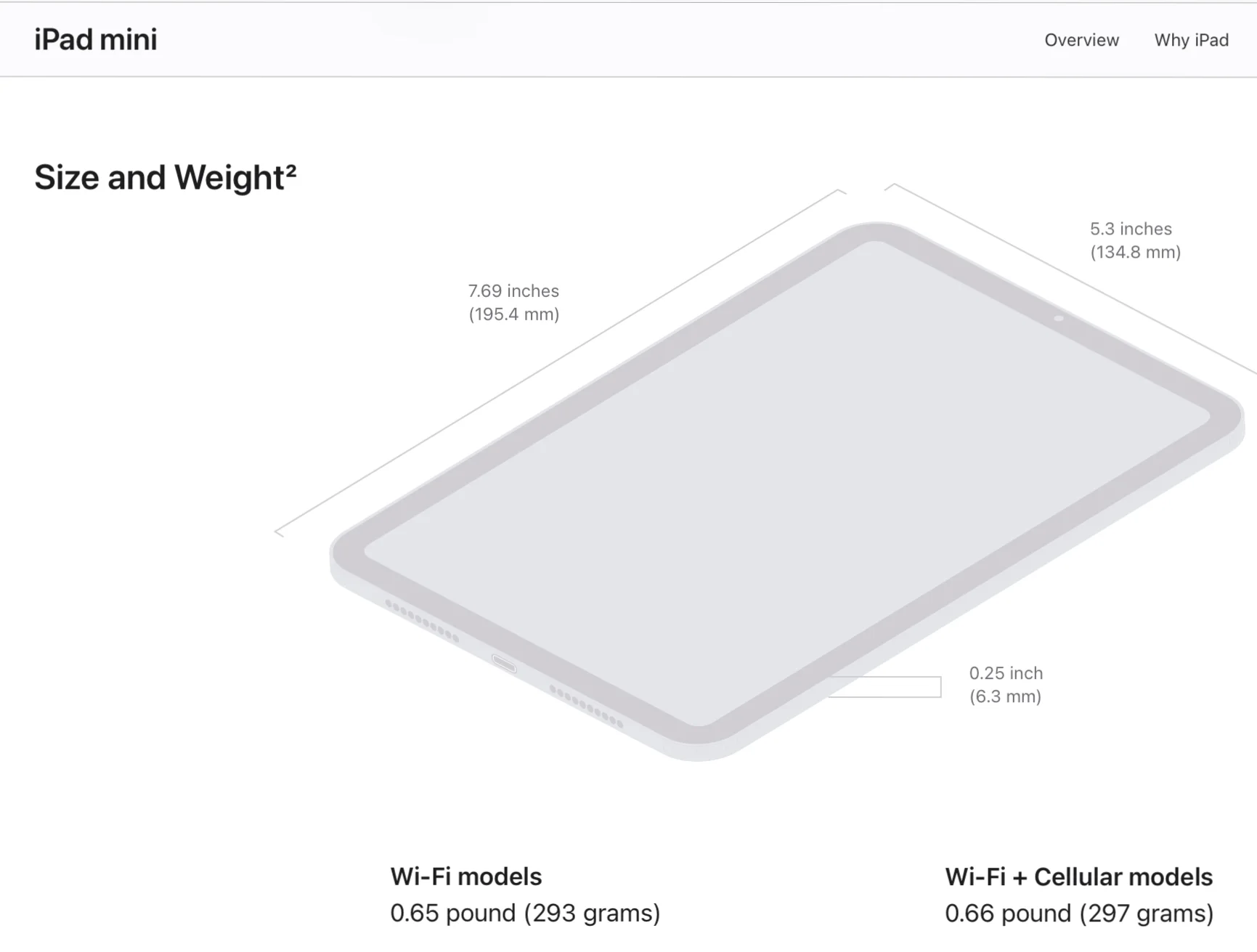
All iPads come with the same operating system (iPadOS) and same interface. Some features of the operating system, however, are limited to the higher end iPads. For example, the multitasking Stage Manager feature only works with some iPad Air and iPad Pro models.
In addition to all of the apps and features included in the iPad's operating system, Apple provides quite a few free high quality apps for iPad users. There is a full featured productivity suite that includes a writing app (Pages), a spreadsheet (Numbers), and presentation software (Keynote). There are also free video and music creation apps (iMovie, GarageBand).

iPads excel in programming software, including the Shortcuts app and the Swift Playground app that lets users develop apps for iPads. Apple also provides extensive free educational materials to help users learn how to use the Swift language.
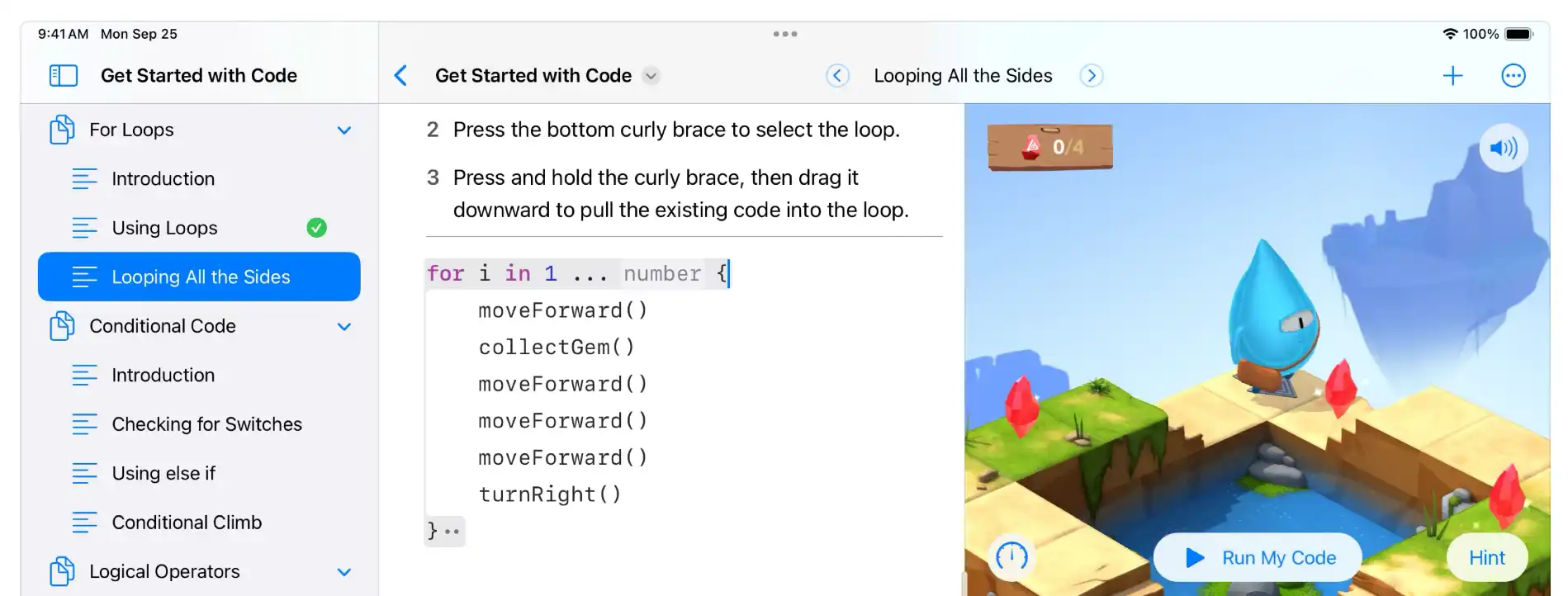
If you want a tablet that is going to last for a long time and keep receiving upgrades for many years, an iPad may be your best option. Most iPads get major operating system upgrades for seven years or more and some even get security upgrades after 10 years. While system upgrades may slow down an older iPad, Apple has gotten better in recent years in this area.
Another advantage to iPads is the huge selection of apps available in the App Store. No matter what you want to do with an iPad, there is almost certainly going to be an app available to meet your needs. On the downside, iPad apps tend to consume more storage than equivalent apps for Android and Amazon tablets so you might need an iPad with more storage space.
Most modern tablets have accessibility features built into the operating system but iPads have several features that no other tablet has. For example, the iPad's FaceTime app can show live captioning during video calls. If you have a need for accessiblity features related to vision, hearing, or mobility issues, an iPad might be the best choice for you.
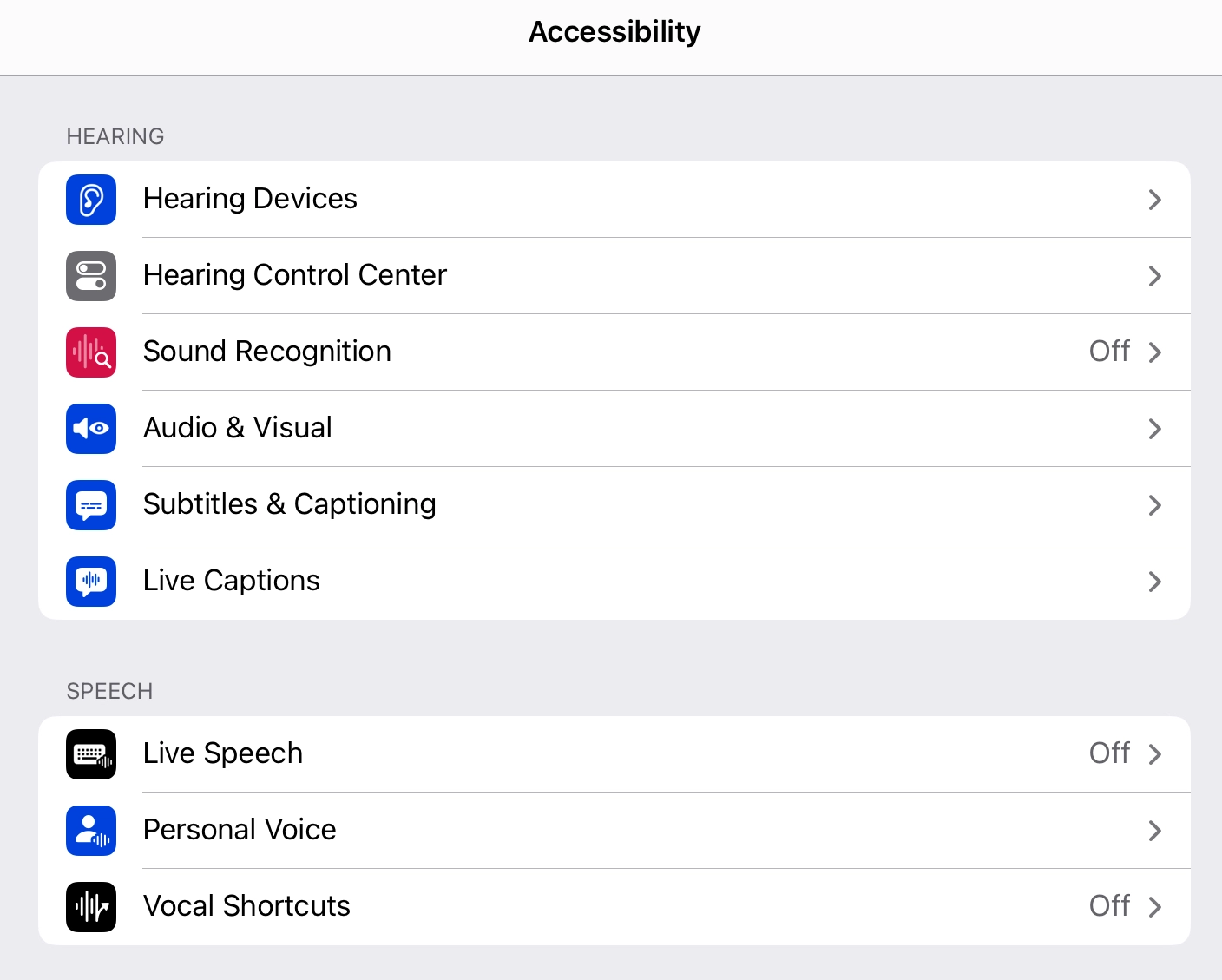
Another strength of iPads is the availability of helpful resources available, including ones from Apple. In the past, Apple provided free detailed user guides to all operating system features through its Books app and store. Now they provide online guides, which aren't necessarily as easy to use or as comprehensive as the earlier books. Still, it is a good source for finding answers to questions you might have about using an iPad. Apple also has a discussion board website with a section focused only on iPads. This can be an excellent resource for finding answers to technical questions you might have.
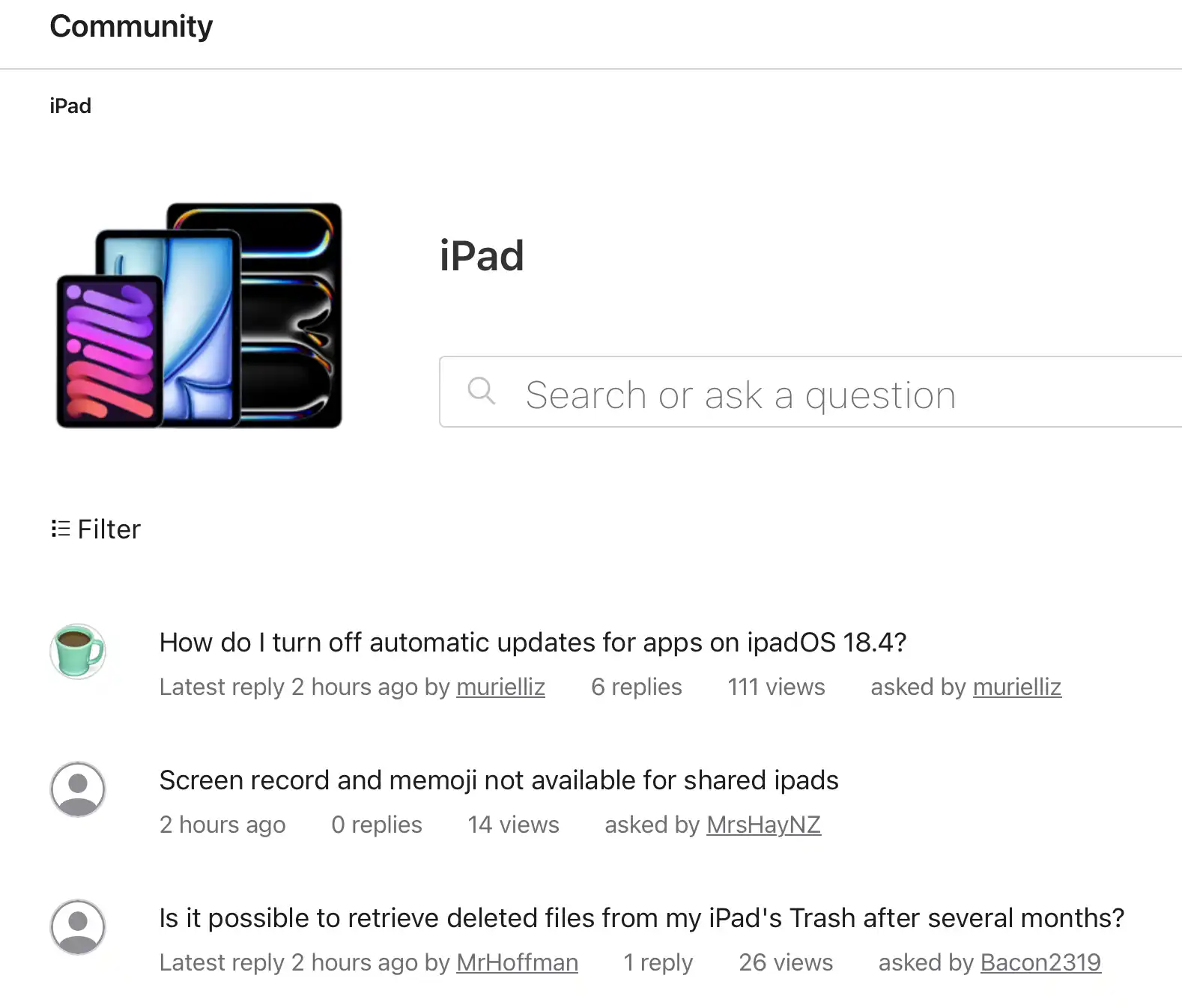
The greatest negative to iPads is the cost of buying one, especially if you also want Apple accessories. No iPads come with cases, pens, or keyboards - all of these items have to be purchased separately, and ones made by Apple specifically for iPads are expensive. Also, if you upgrade to a newer iPad, you might find that your Apple keyboard or pencil no longer work with the new tablet.
Another disadvantage to iPads is that the operating system and apps, especially games, consume a huge amount of storage space. Unlike Android and Amazon tablets, iPads don't come with SD card slots, so if you have videos or other large files on your iPad, you won't be able to store them on an SD card. Until recently, base models of iPads came with 64 GB of storage space but Apple finally changed that to 128 GB.
Another weakness of iPads is one that is disappointing to someone like me who remembers what Apple was like under Steve Jobs leadership. Apple no longer innovates and creates something new and exciting, at least not with iPads. Apple has become the company that follows what others try out first. Apple still has no foldable phones/tablets, it was late in adding AI to iPads and it still lags in that area, and the look of iPads hasn't changed dramatically in several years. The operating system hasn't kept up in performance with the capabilities of the higher end iPads, and some features that showed promise, like Stage Manager, haven't been significantly improved.
If you have an iPad and it fails due to a software issue sometimes the only way to restore the iPad is to use a computer and the iTunes software. I had this happen to me during a system upgrade and, fortunately, I still owned an old MacBook. However, even with my extensive experience with MacBooks and iPads, it took me hours to recover the use of my iPad. And, of course, if you have no computer and no access to one with iTunes installed, you're left with a dead iPad.
Android Tablets
Unlike iPads, which are manufactured only by Apple, there are an abundance of Android tablets available, ranging from ones from major international companies like Samsung or Lenovo to ones from unknown and sketchy companies. If you're looking for a quality, reliable Android tablet, it's best to stick to the major companies. In the U.S. that includes Samsung, Lenovo, Google, and OnePlus. Google and OnePlus have just one model each, while Samsung and Lenovo have a wide range of models. Some companies make foldable phones that can also be considered tablets but I'm not including them in this article.
Although all Android tablets use the same base operating system, there are differences in some features of the system. Samsung tablets, in particular, have many Samsung features built into the operating system that may alter or enhance basic Android features. I'm using both a Lenovo tablet and a Samsung one and I personally prefer the cleaner, although less sophisticated, Lenovo approach even though it does mean doing without some features and maybe having a less intuitive experience.
Another difference with Android tablets is the number of updates and security upgrades a particular manufacturer might give its devices. For example, high-end Samsung tablets get seven years of system updates while most Lenovo tablets, even the more expensive models, get less than three or four updates.
A definite advantage of an Android tablet over an iPad is the availability of very inexpensive tablets, especially when they are on sale. iPads rarely have huge price reductions, but Android tablets, even ones from top manufacturers, can have 25% or greater reductions. For example, my Lenovo M11 tablet cost just $140 on sale. Clearly, for that price, it's not a very fast tablet and the screen resolution is lower than on an iPad, but it's an excellent tablet for the price, especially considering that it included a charger and a pen.
The greatest disadvantage to an Android tablet over an iPad is the limited choice of high level apps for some categories. One particular lacking I've noticed is in coding apps, an area where iPads dominate. But most apps from major companies, like Microsoft and, of course, Google, are available also for Android. The prices for apps tend to be lower for Android tablets than for iPads, so this can be an advantage depending on your app needs.
If you buy a Samsung or Lenovo tablet, you'll find plenty of resources available online. You can download user guides from the manufacturers but there might be a huge difference in the quality of the guides. For example, the Lenovo guide for the M11 is 38 pages while the guide for the similar Samsung A9+ tablet is 134 pages.
In addition to online guides, both companies have online community discussion boards. While the Samsung one probably has more activity, Lenovo's representatives provide answers on Lenovo's forum. These resources, however, are probably not the best online sources. Reddit has groups for Galaxy tablets, Android tablets, and Lenovo devices. There are also plenty of YouTube videos for both brands of tablets, providing reviews and helpful information.
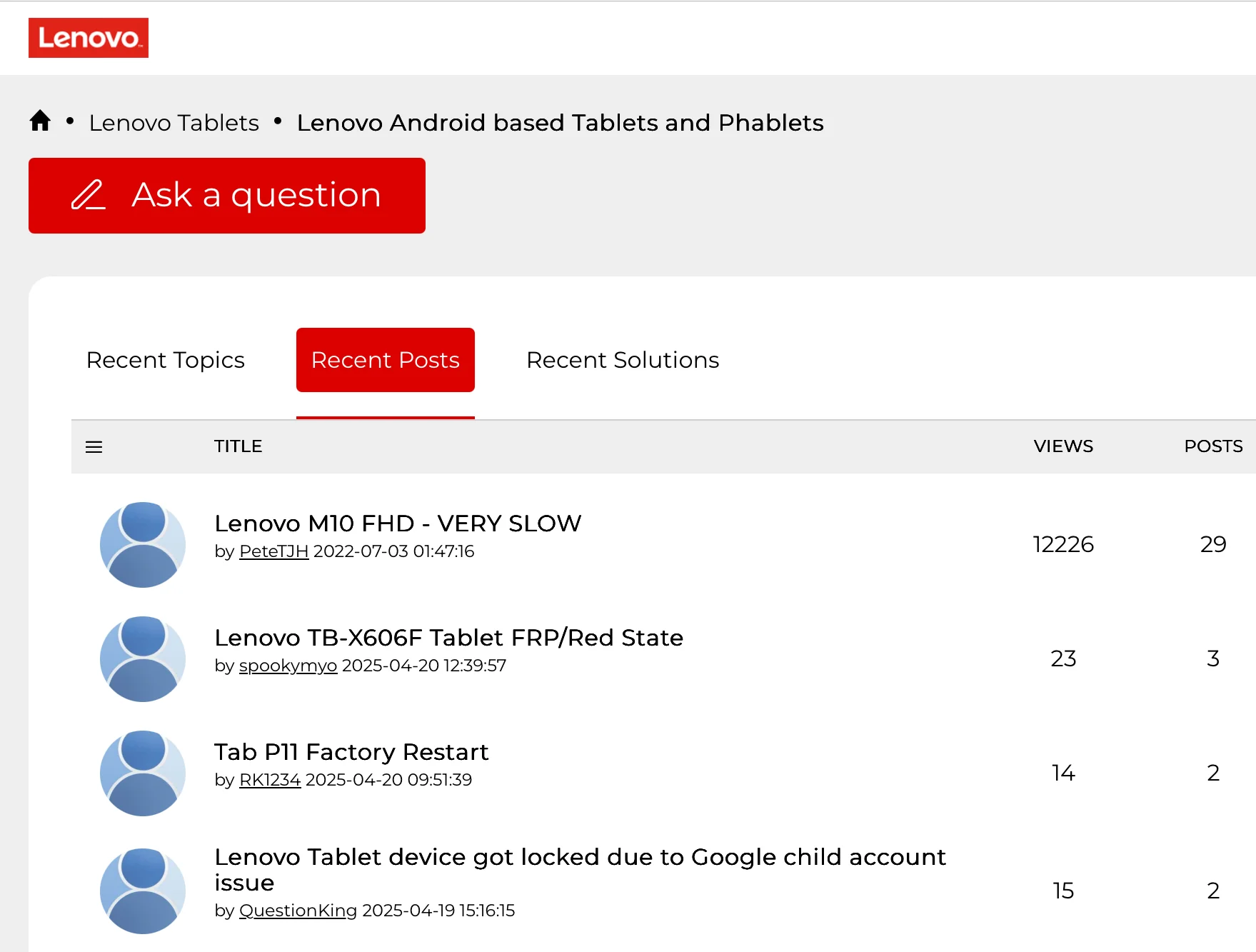
An advantage of Android tablets is that most come with an SD card slot and many also come with accessories included in the initial purchase price. An SD card slot means you can add extra storage to your tablet. Accesories included with an Android tablet might be a pen, a keyboard, and/or a cover. When you consider that an iPad comes with no accessories included, no SD card slots, and high priced Apple accessories, an Android tablet might become a better choice for you.
If you use many Google apps, integration of the apps may be easier with an Android tablet. However, some of the Google mobile apps are not as polished and feature rich as some of Apple's own native apps. For example, Pages is a much better experience on an iPad than Google Docs is on an Android tablet. Pages has a better design and functions more like a mobile app than Google Docs does.
One area where Android tablets excel is in providing a more desktop feel to a tablet. Both Samsung and Lenovo have desktop modes that emulate the way a computer works for multitasking. Samsung has its DEX mode and Lenovo tablets have a PC mode. The iPad's Stage Manager feature is a poor substitute for a desktop emulation. However, if you're not used to using a PC, particularly a Windows type computer, you might not like the desktop modes on an Android tablet. I found the PC mode on my Lenovo tablet visually unpleasant because I only used Mac computers prior to switching to tablets.
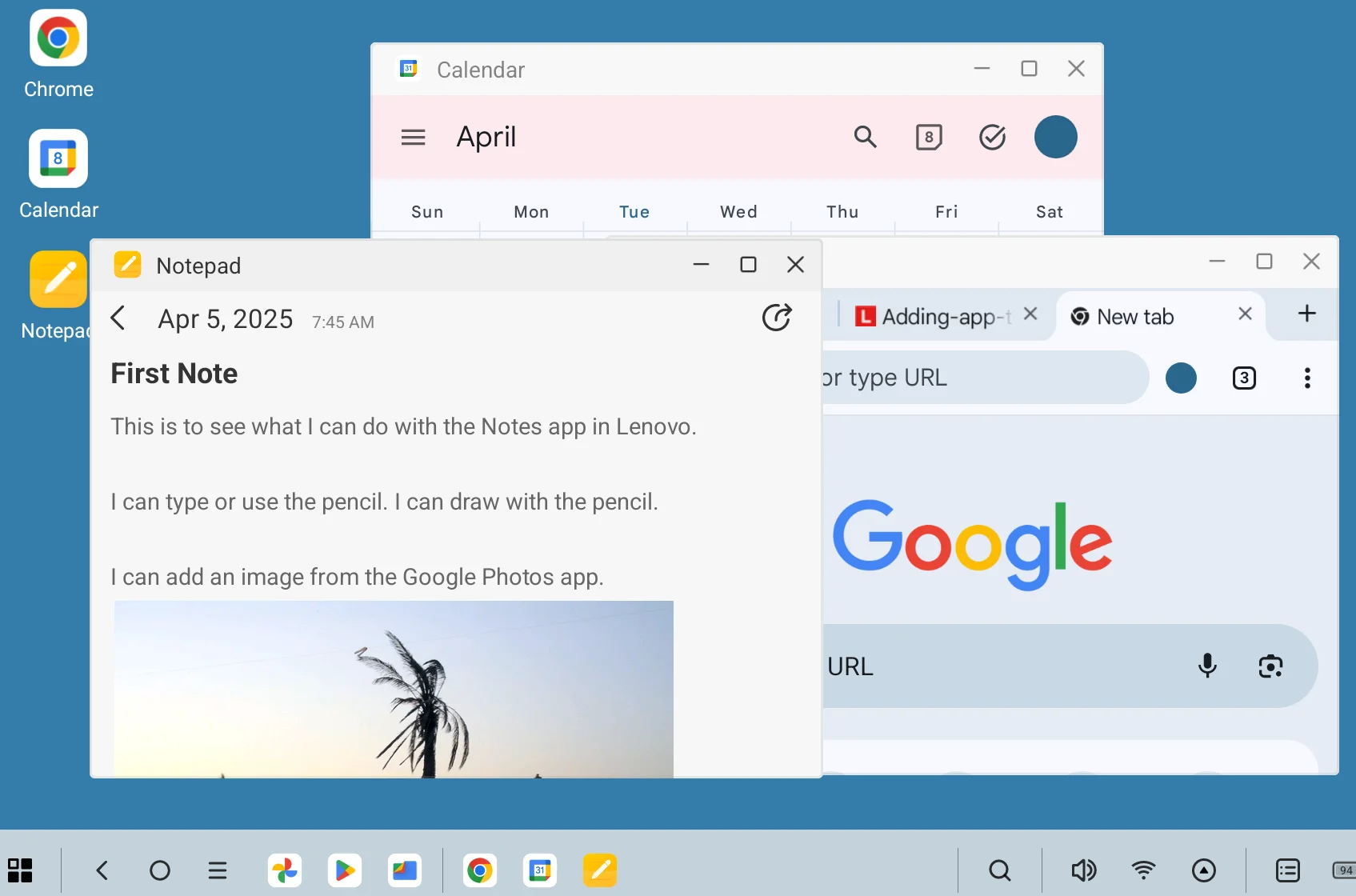
Samsung tablets probably have some of the best displays for Android tablets. Their high end tablets have OLED displays with high brightness and refresh rates. Lenovo displays are also good considering the low price for some of the tablets. Even though my Tab M11 has a low resolution display, I've been impressed with its quality, especially for viewing videos.
One negative to low end Android tablets is that they usually have slow processors. Some of them also slow down after a few upgrades and several years of use. iPads, on the other hand, can be used for quite a number of years before they become unbearably slow.
One disadvantage relates particularly to Samsung tablets. They are loaded with Samsung apps that duplicate Google apps and the extra apps can't be removed from the tablet. They take up storage space and sometimes slow down the tablet, especially on lower end ones. Although Lenovo tablets may also come with preinstalled software, all of the third party apps can be uninstalled. And one app, Nebo, is actually a very good note taking app that works well on Lenovo tablets.
Amazon Tablets
Amazon tablets are usually the cheapest ones, but it is possible to find Lenovo or Samsung tablets on sale for less than the high-end Fire tablet (Fire Max 11). The quality of the displays on Amazon tablets has changed considerably since the first ones were released. Back in 2013, I bought a high resolution HDX 7 tablet and a year later, I bought the HD 6 which has an excellent tablet display for reading books. The current tablets from Amazon, even their most expensive ones, have lower resolution displays than those old ones. Although Amazon is the only company that still sells a tablet with a small display (the Fire HD 7), it has a very low resolution display and a slow processor and just 16 GB or 32 GB of storage space.
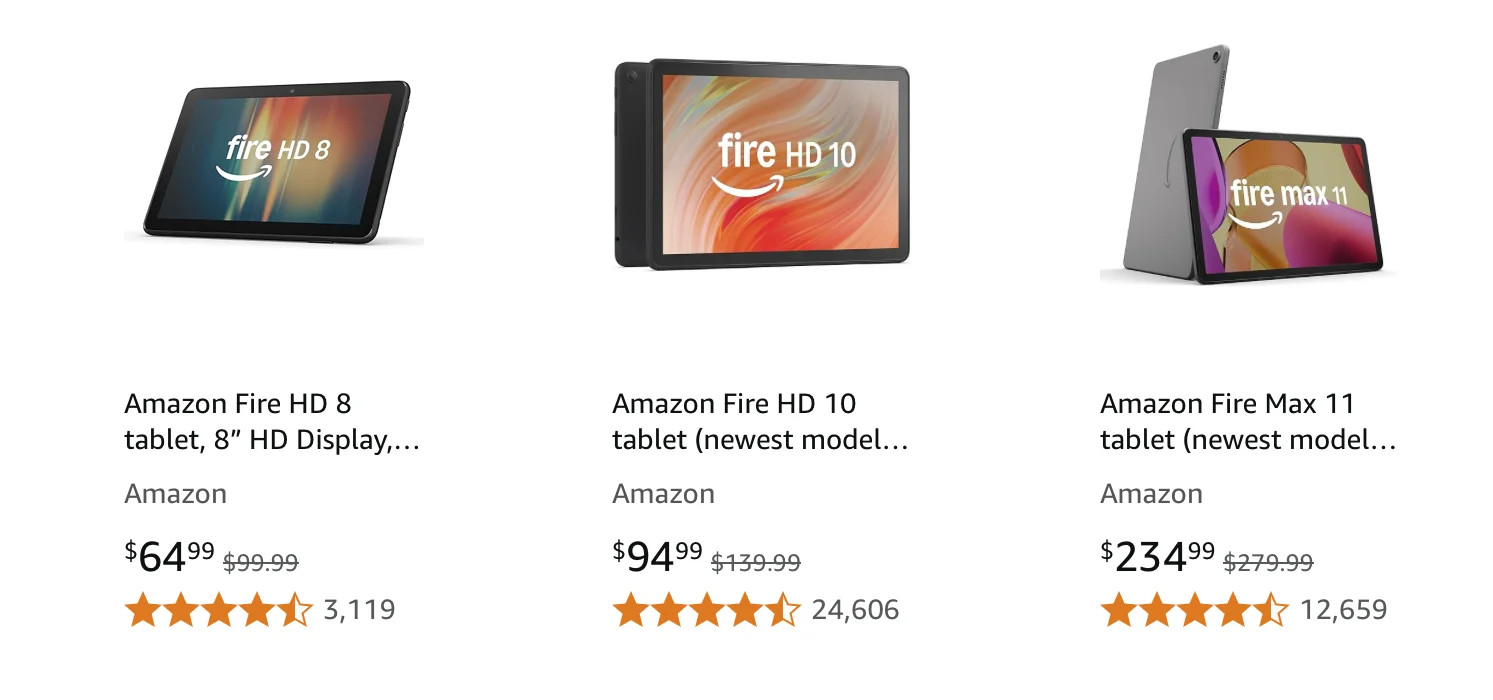
A disadvantage to Amazon tablets is the operating system. It's based on Android 11, an operating system from 2020. The Amazon App store has a limited number of quality apps, with most of the apps focused on gaming or children. Also, they come with only one choice of web browser, Amazon's Silk browser. However, Amazon makes good tablets for very young children. There are special kids versions of the tablets and special settings for making them safer devices for children.

While the Amazon app store does have many games and some popular apps, many apps, particularly productivity ones, are not available. It is possible to install the Google Play store on an Amazon tablet, but there may be disadvantages to doing so. Adding it to your device requires going to a website and downloading a file and following iinstructions on how to install it on a Fire tablet. If you're not technologically savvy, this might be a difficult task. Also, installing it will void your Amazon warranty and there is no guarantee that after a future update, the Google Play store app will still work.
Amazon tablets usually come with no extras. They have basic apps, like the Kindle app for books, email, contacts, and calendar apps, and, of course, the Amazon Video app, but there is not even a simple note taking app included with the operating system. The higher end tablets can use the Amazon pen and keyboard and sometimes these are sold as bundled tablets, but the price for the bundle makes these tablets poorer deals than a regular Lenovo tablet or Samsung tablet that comes with a pen for maybe an even lower price on a good sale.
Since Amazon tablets use an operating system based on an older version of Android, they are always lagging behind Android tablets in upgrades of newer features. According to Amazon's product page, the Fire Max 11 comes with at least four years of security updates past the last year that the tablet is offered as a new model.
One bright spot is that Amazon provides extensive help files and forums for their tablets. If you have one of their smaller tablets, you might not need much help in setting it up and using it with Amazon services like Prime video or the Kindle app. But if you have the Fire Max 11 or a Fire HD 10, these help files can be useful in learning how to use the more advanced features of the newest models.
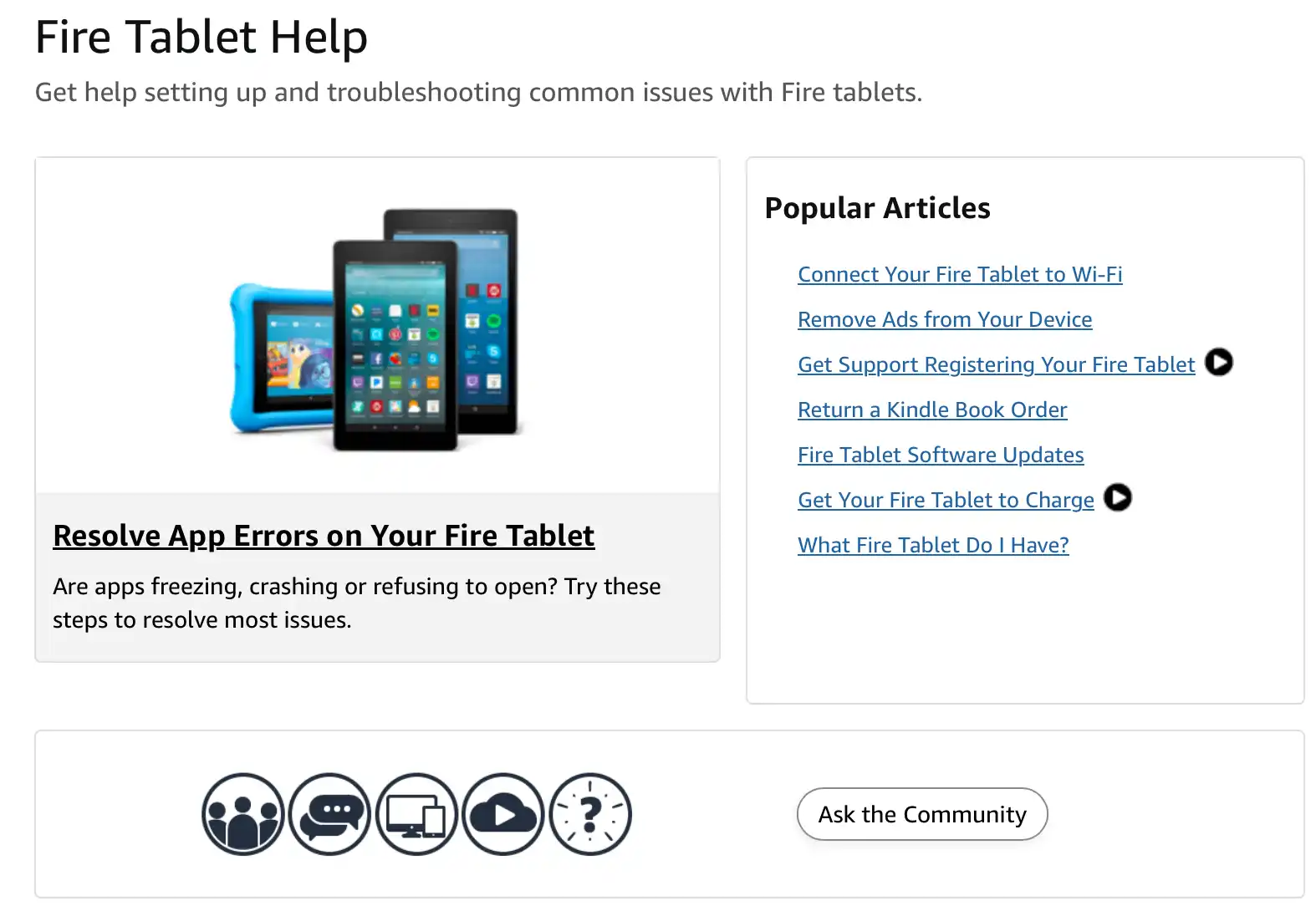
Amazon tablets, like most Android tablets, come with an SD card slot. This is especially useful if you download TV shows or movies from Amazon Prime video. They can be stored on the SD card and viewed offline, which is great if you're on a long plane flight with no wifi access.
For people with limited budgets or small children, Amazon Fire tablets can be great purchases, especially on special Amazon sale days. Last year, on Black Friday, the HD 8 tablet was on sale for $54 and the HD 10 was only $75. That price makes them perfect for children who aren't usually very careful with tablets. Although they're cheap, the quality of the tablets is very good for the price. And they can last a long time - I still find my HD 10 from 2019 useful for streaming videos and playing games.
Information Resources
If you want help for iPads or Android or Amazon tablets, I'm adding a list of resources from Apple, Samsung, Lenovo, and Amazon.
Apple Discussion Boards for iPad
Samsung Community for Tablets
Lenovo Forum for Tablets
Amazon Forums for Fire Tablets
If you found this article interesting, please share the link to it with a friend: Which Tablet is Right for You?.

